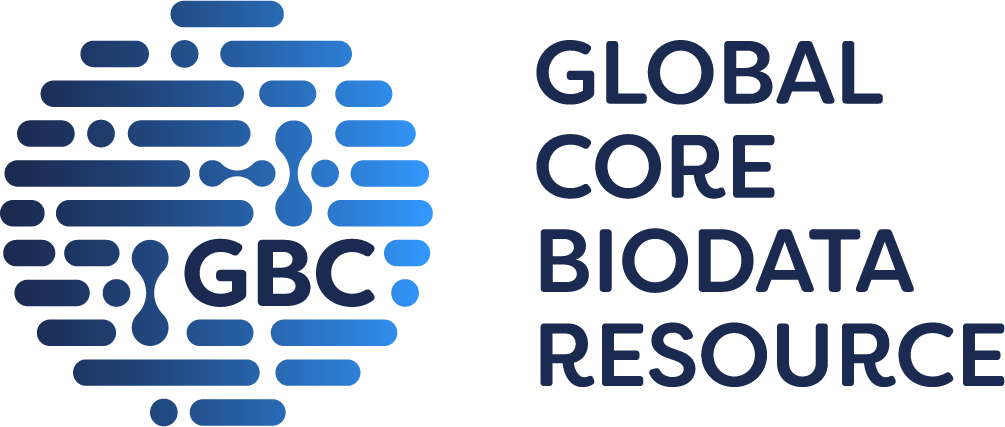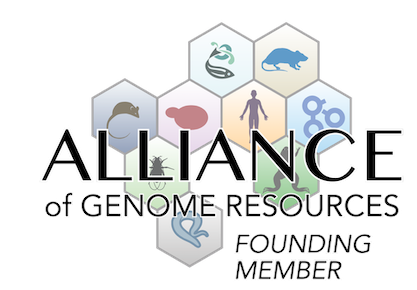neoplasm
|
• mice show a 5-fold increase in the incidence of N-butyl-N-(4-hydroxybutyl) nitrosamine (BBN)-induced invasive bladder carcinomas relative to BBN-treated control mice (38.9% versus 7.7%, respectively)
|
|
• after BBN treatment, only 5.5% of bladder tissue is normal versus 38.4% in BBN-treated control mice
• however, the incidence of carcinoma in situ is not significantly changed after BBN treatment (33.3% versus 30.8% in control mice), suggesting that Osbpl3 impairs the progression of tumors towards invasive carcinoma
|
|
• BBN-treated mice typically develop invasive bladder carcinomas earlier than BBN-treated control mice
|
homeostasis/metabolism
|
• mice show a 5-fold increase in the incidence of N-butyl-N-(4-hydroxybutyl) nitrosamine (BBN)-induced invasive bladder carcinomas relative to BBN-treated control mice (38.9% versus 7.7%, respectively)
|



 Analysis Tools
Analysis Tools